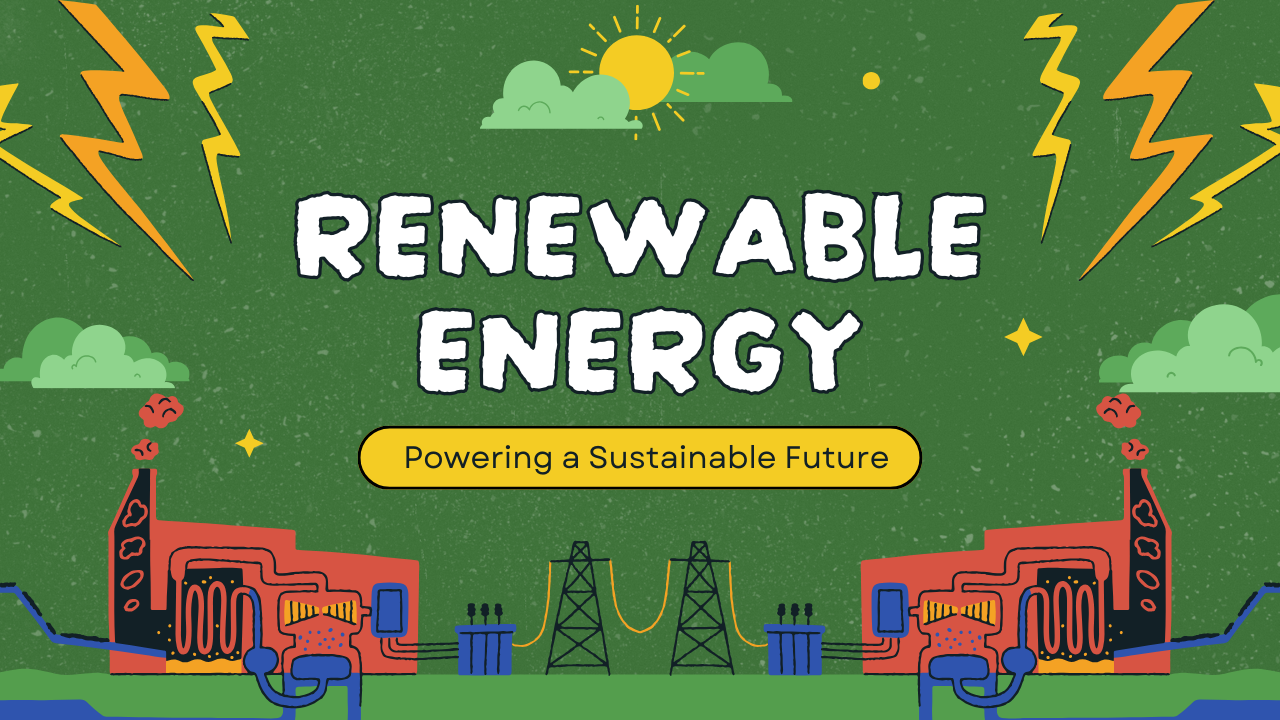
Solar to Eclipse Nuclear Power for First Time
A New Dawn: Solar Power's Historic Rise Over Nuclear Energy
The global energy sector is on the verge of a monumental shift. For the first time in history, electricity generation from solar power is on track to surpass the output from nuclear reactors. This pivotal moment, anticipated to occur during the peak production months of summer 2025, is not merely a statistical anomaly but a clear and powerful indicator of the accelerating transition towards a world powered by renewable resources. While nuclear power has long been a stalwart of low-carbon energy, the relentless growth, rapidly falling costs, and widespread adoption of solar technology have positioned it to become a dominant force in the global electricity mix.
This milestone represents more than just a changing of the guard; it underscores a fundamental transformation in how we generate and consume energy. The rise of solar power reflects a global consensus on the need to move away from fossil fuels and embrace cleaner, more sustainable alternatives. As nations around the world grapple with the challenges of climate change, energy security, and economic development, solar energy has emerged as a viable, affordable, and scalable solution.
The Numbers Behind Solar's Unprecedented Growth
The ascent of solar power has been nothing short of meteoric. Over the past decade, utilities and energy providers have integrated solar capacity into their grids at a rate that has outpaced all other energy sources.
Key statistics that illustrate this explosive growth include:
Massive Capacity Expansion: As of 2024, global utility-scale solar generation capacity reached an astonishing 1,574 gigawatts (GW), marking a tenfold increase from 2014. In contrast, other major energy sources saw less than a twofold increase in installed capacity during the same period.
Accelerating Generation: This expansion in capacity has led to a dramatic increase in electricity output. Utility-scale solar generation has seen an average annual growth rate of 25% since 2020. In the first quarter of 2025 alone, solar output was 34% higher than in the same period of the previous year.
Surpassing Milestones: In April 2025, solar power achieved a historic milestone by generating 10% of global electricity for the month, overtaking nuclear energy's output for the first time on a monthly basis and becoming the fourth-largest source of global power, behind only coal, gas, and hydro.
During the summer months of 2025, when the Northern Hemisphere (home to over three-quarters of the planet's solar farms) experiences its longest daylight hours, global solar electricity output is projected to exceed 260 terawatt-hours (TWh) per month. This figure is expected to significantly surpass the monthly output of the world’s nuclear fleet, which has historically peaked just under 252 TWh.
Driving Forces: Why Solar is Winning the Energy Race
Several converging factors are fueling solar power's remarkable surge. At the forefront is the dramatic reduction in cost, making it one of the most affordable sources of new electricity generation in many parts of the world. The speed of deployment is another critical advantage; solar farms can be planned and constructed in a fraction of the time it takes to build traditional power plants, especially nuclear reactors.
Technological advancements have also played a crucial role. Innovations in photovoltaic (PV) cell efficiency, manufacturing processes, and energy storage solutions have continuously improved performance and lowered costs. Countries around the globe, recognizing the immense potential of solar, have implemented supportive policies, subsidies, and ambitious renewable energy targets that have created a fertile ground for growth. China, for instance, has been a dominant player, accounting for over half of the global increase in solar generation in 2024. Meanwhile, in the United States, a significant milestone was reached in the first half of 2024 when the combined electricity output from solar and wind farms surpassed that of nuclear plants for the first time over a six-month period.
The Future Role of Nuclear and the Challenges for Solar
While solar's rise is undeniable, it is important to recognize the ongoing role of nuclear power. On an annual basis, nuclear energy provides a consistent and reliable source of baseload power that is not dependent on weather conditions or time of day—a significant advantage over intermittent renewables like solar. However, the nuclear industry faces considerable headwinds, including high construction and maintenance costs, lengthy development timelines, and public concerns over safety and waste disposal. These challenges have contributed to a decline in nuclear's share of global electricity, which has fallen to a 45-year low.
The primary challenge for solar energy is its intermittent nature. Solar farms generate vast amounts of power during daylight hours but cease production at night. This variability can create significant challenges for grid operators, who must ensure a constant balance between electricity supply and demand. The solution lies in the parallel expansion of energy storage technologies, such as utility-scale batteries, which can store excess solar energy generated during the day and release it when the sun is not shining. Integrating this fluctuating power source also requires significant investment in modernizing and expanding grid infrastructure to handle the dynamic flows of electricity.
A Defining Moment for the Global Energy Future
The moment solar power generation surpasses nuclear output will be a symbolic and substantive victory for the renewable energy movement. It will serve as irrefutable evidence that a global energy system powered predominantly by clean sources is not a distant dream but an emerging reality. While solar output will likely dip below nuclear levels again as the seasons change, this temporary summer peak sets a new benchmark and highlights an undeniable trend. The path forward will require continued innovation, strategic investment in storage and grid infrastructure, and steadfast political commitment. However, the trajectory is clear: solar power is no longer an alternative energy source; it is rapidly becoming a cornerstone of the world's energy supply, heralding a brighter, cleaner, and more sustainable future for all.












